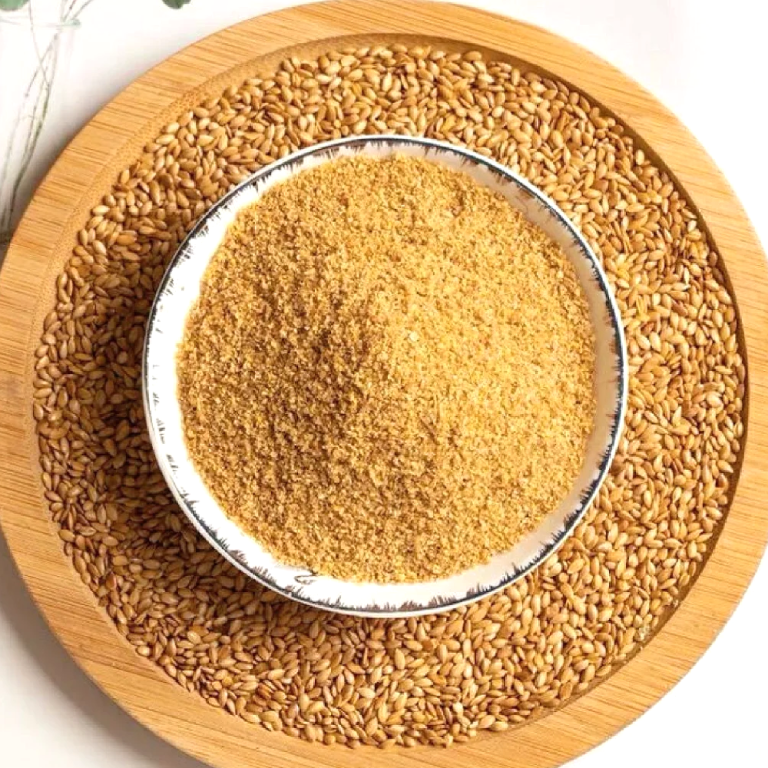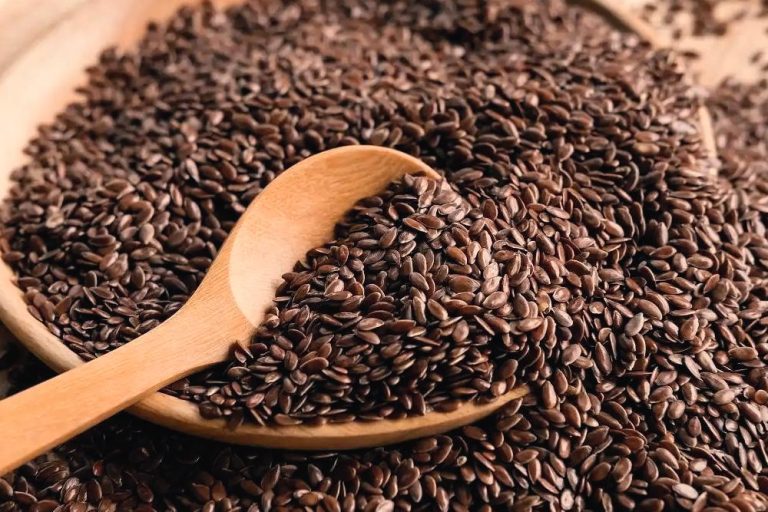1. Are Flaxseed and Linseed Oil the Same?
Yes — flaxseed and linseed both come from the same plant: Linum usitatissimum.
The terms differ mainly based on regional usage and purpose:
| Term | Region/Common Usage | Main Purpose |
|---|---|---|
| Flaxseed | North America (e.g., USA, Canada) | Food and nutritional supplements |
| Linseed | UK, Commonwealth countries | Industrial uses (e.g., wood finishes) |
Flaxseed vs Linseed
“Flaxseed” is used when referring to food, while “linseed” is often used in industrial contexts. However, linseed oil can be food-grade if properly processed and labeled as such.
2. Linseed Cost Structure, Beneficial & Harmful Compounds
A. Cost Breakdown
| Cost Category | Description |
|---|---|
| Raw Material | Fluctuates with weather and supply; ~$600/metric ton (FAOSTAT, 2023) |
| Processing | Includes pressing, filtering, refining (food-grade requires more steps) |
| Packaging & Shipping | Requires oxidation-resistant packaging and often cold chain logistics |
B. Beneficial Compounds in Linseed (per 100g oil)
| Compound | Approximate Amount | Function & Notes |
|---|---|---|
| Alpha-linolenic acid (ALA) | 50–60g | An omega-3 fatty acid linked to cardiovascular benefits (Goyal et al., 2014) |
| Lignans | Trace amounts | Phytoestrogens with antioxidant and potential anti-cancer effects |
| Vitamin E (tocopherol) | ~17mg | Antioxidant that protects cell membranes |
C. Potentially Harmful Substances
| Compound | Source | Risk Summary |
|---|---|---|
| Oxidation products | Light/heat exposure | May cause inflammation or cellular damage |
| Benzo[a]pyrene | Incomplete refining or burning | Classified as a carcinogen (IARC, 2020) |
| Heavy metals | Contaminated soil or machinery | Toxic to the kidneys, liver, and nervous system |
Linseed oil is rich in ALA, making it a great plant-based omega-3 source.
Proper storage is crucial to prevent oxidation.
Only refined and food-grade linseed oil is safe to consume due to the removal of impurities and toxins.
3. Linseed Oil Processing: Crude vs Refined
A. Processing Flow
| Step | Description | Purpose |
|---|---|---|
| Cold Pressing | Mechanical extraction below 40°C | Retains nutrients like ALA |
| Crude Filtration | Removal of hull particles, wax, and proteins | Prepares oil for refining |
| Refining | Degumming, neutralization, and deodorization | Removes harmful substances, improves shelf life |
B. Key Refinement Techniques
| Process | Purpose | Example Method |
|---|---|---|
| Degumming | Removes phospholipids and mucilage | Water or acid treatment |
| Neutralization | Removes free fatty acids (oxidation risk) | Alkali wash with NaOH |
| Deodorization | Removes odor-causing volatile compounds | Vacuum steam distillation |
| Activated Carbon Filtration | Adsorbs carcinogens like benzo[a]pyrene | Final stage purification |
Crude linseed oil is not safe for consumption.
Food-grade oil goes through multi-step refining to eliminate harmful compounds.
Look for cold-pressed, filtered, and labeled edible linseed oil.
4. Linseed Oil Food Safety – FAQ
Q1: Can I eat the linseed oil from a hardware store?
A: No. Only food-grade linseed/flaxseed oil is safe for consumption. Industrial linseed oil may contain solvents and harmful residues.
Q2: What makes linseed oil unsafe when unrefined?
A: It may contain oxidation byproducts, pesticide residues, or carcinogens like benzo[a]pyrene.
Q3: How should edible linseed oil be stored?
A: In dark, airtight containers, refrigerated after opening to slow oxidation.
Q4: What does “cold-pressed” mean?
A: Oil was extracted without heat, preserving nutrients like ALA. It’s ideal for food use but has a shorter shelf life.
Q5: Is linseed oil better than fish oil for omega-3s?
A: Flaxseed oil provides ALA, a precursor to EPA/DHA found in fish oil. Conversion rate in humans is low (~5–10%), so it’s best for vegetarians.
Q6: Can cooking with linseed oil be harmful?
A: Yes. Linseed oil has a low smoke point (~107°C). High heat destroys ALA and may produce harmful compounds.
References
FAOSTAT. (2023). World production and trade statistics: Flaxseed. Retrieved from https://www.fao.org/faostat
Goyal, A., Sharma, V., Upadhyay, N., Gill, S., & Sihag, M. (2014). Flax and flaxseed oil: an ancient medicine & modern functional food. Journal of Food Science and Technology, 51(9), 1633–1653. https://doi.org/10.1007/s13197-013-1247-9
International Agency for Research on Cancer (IARC). (2020). IARC Monographs on the Identification of Carcinogenic Hazards to Humans. Retrieved from https://monographs.iarc.fr






